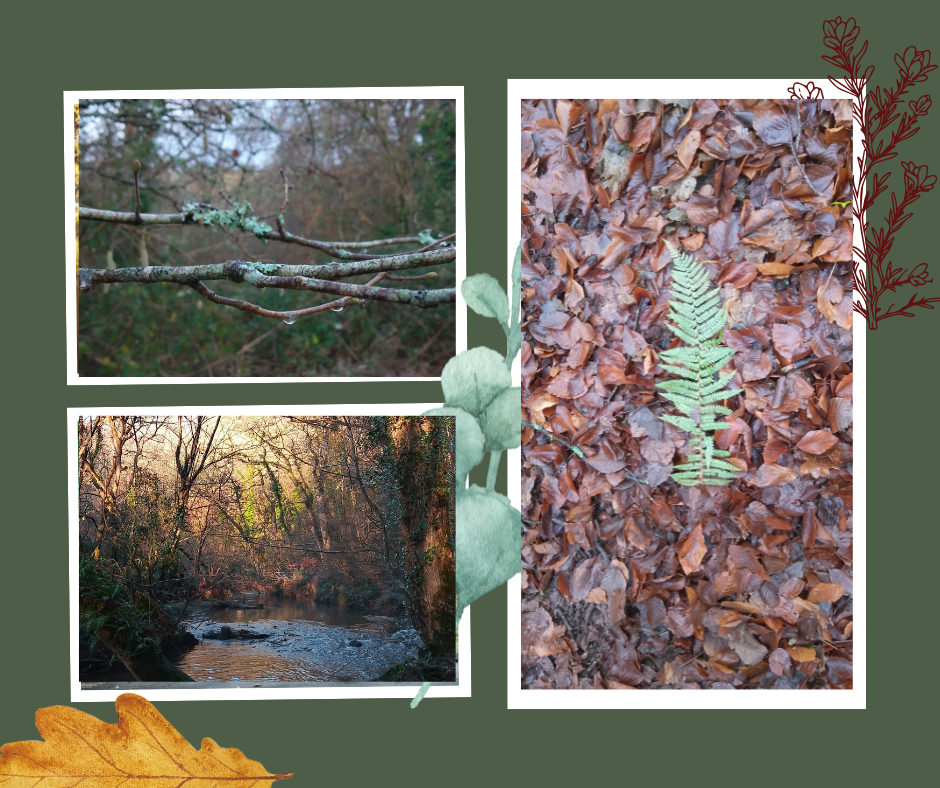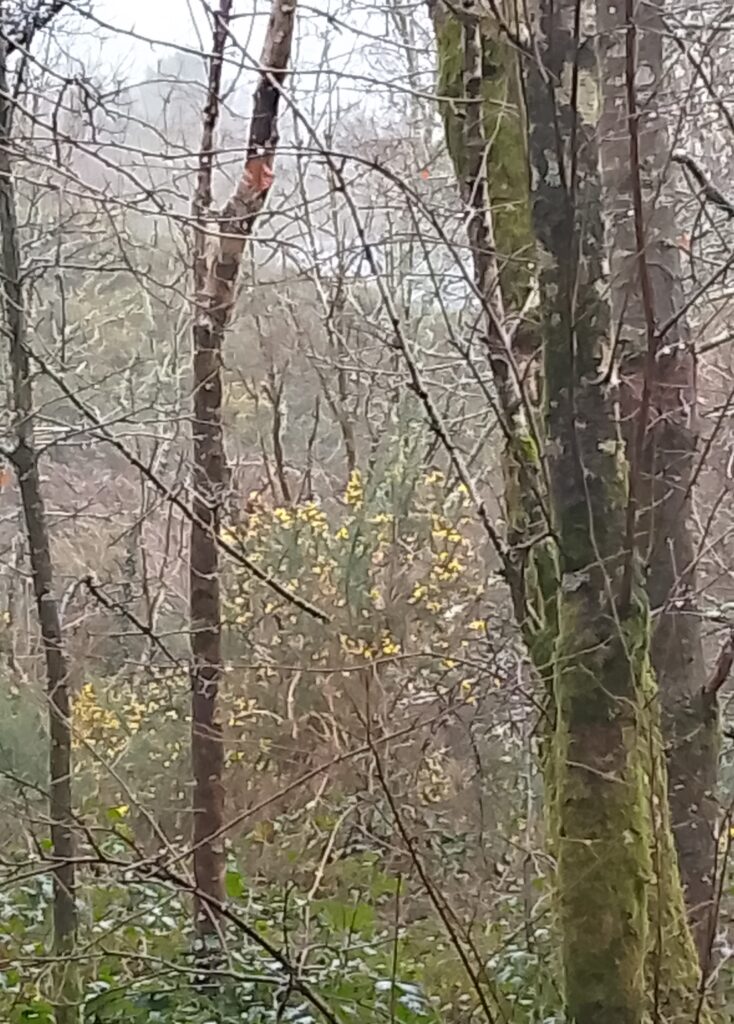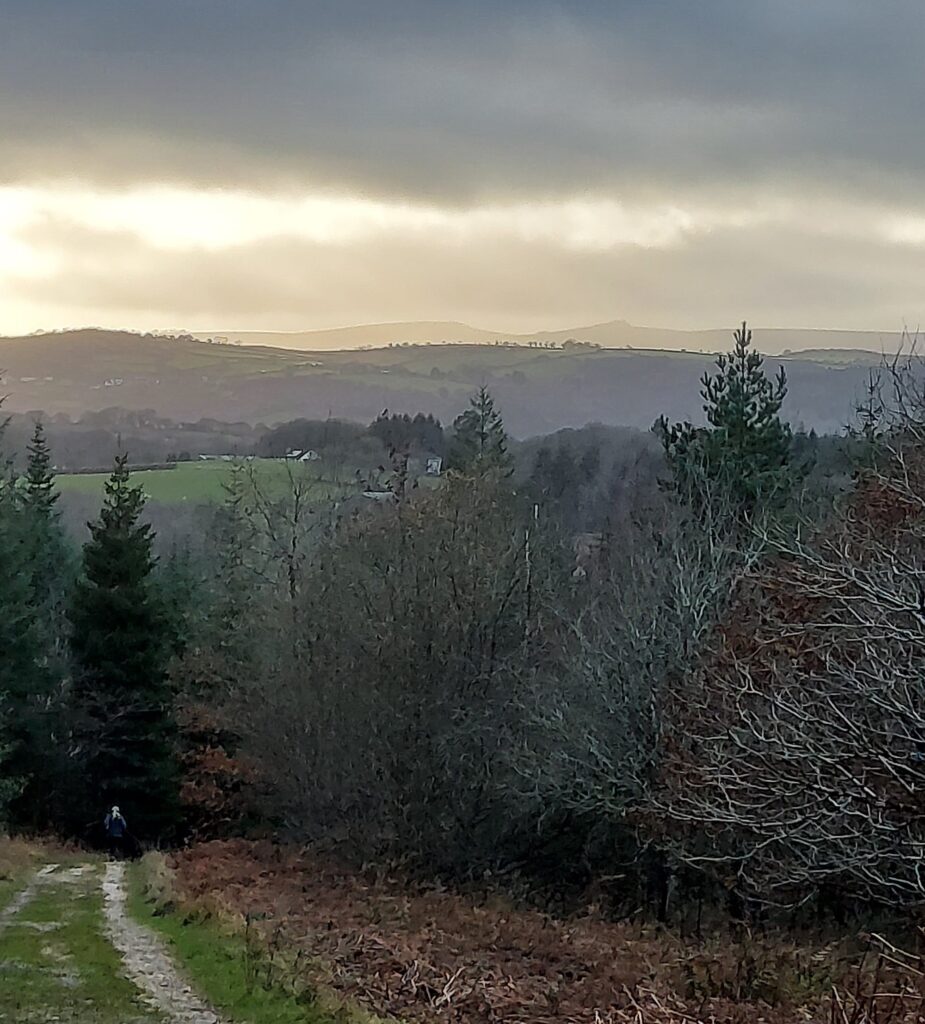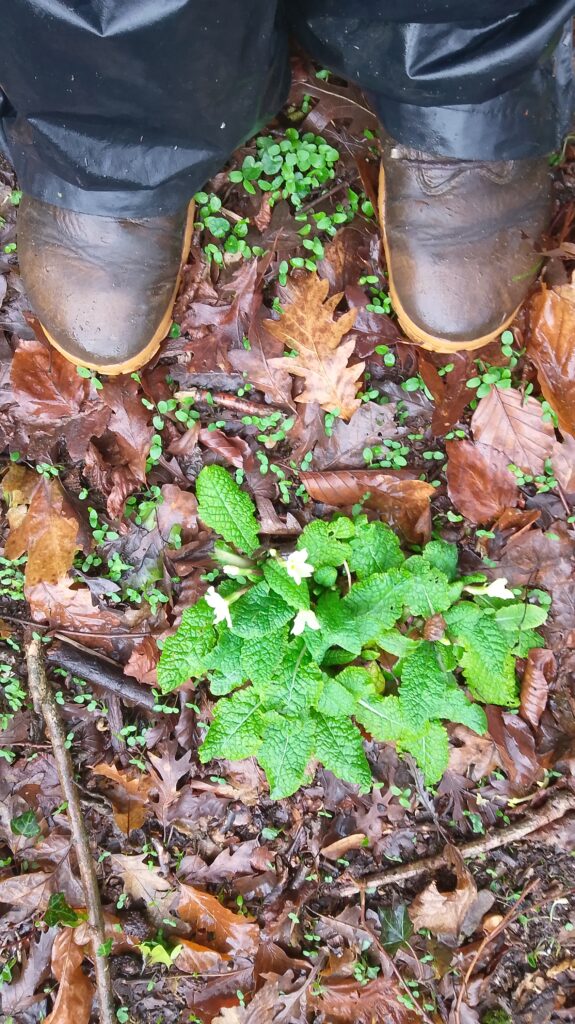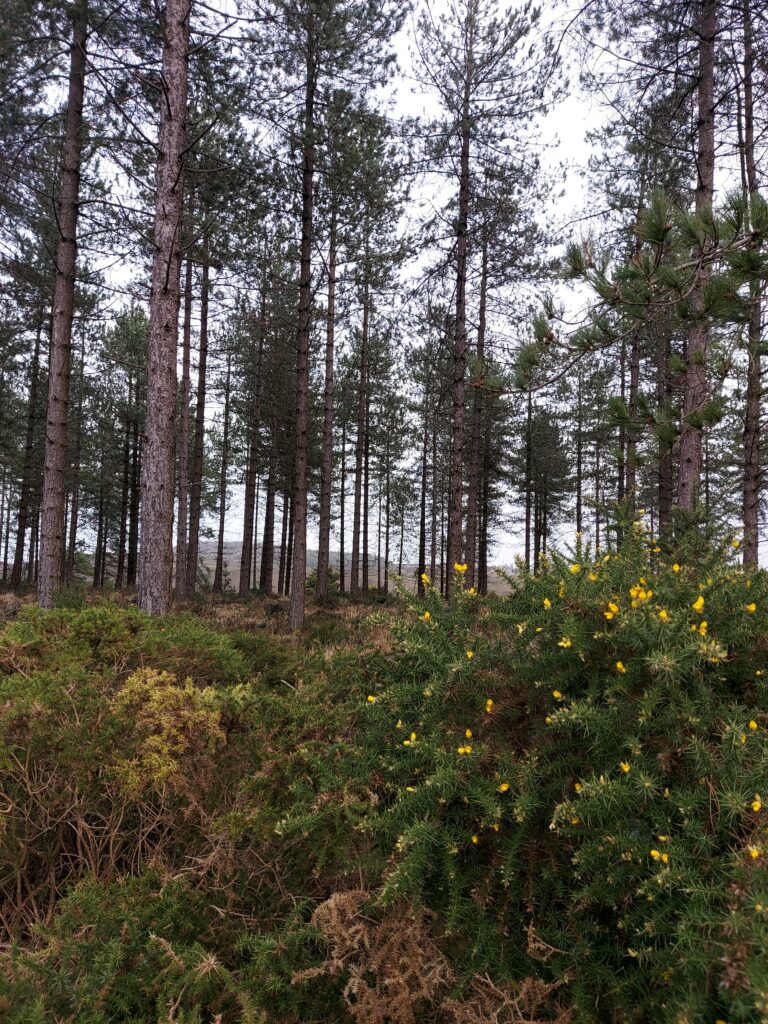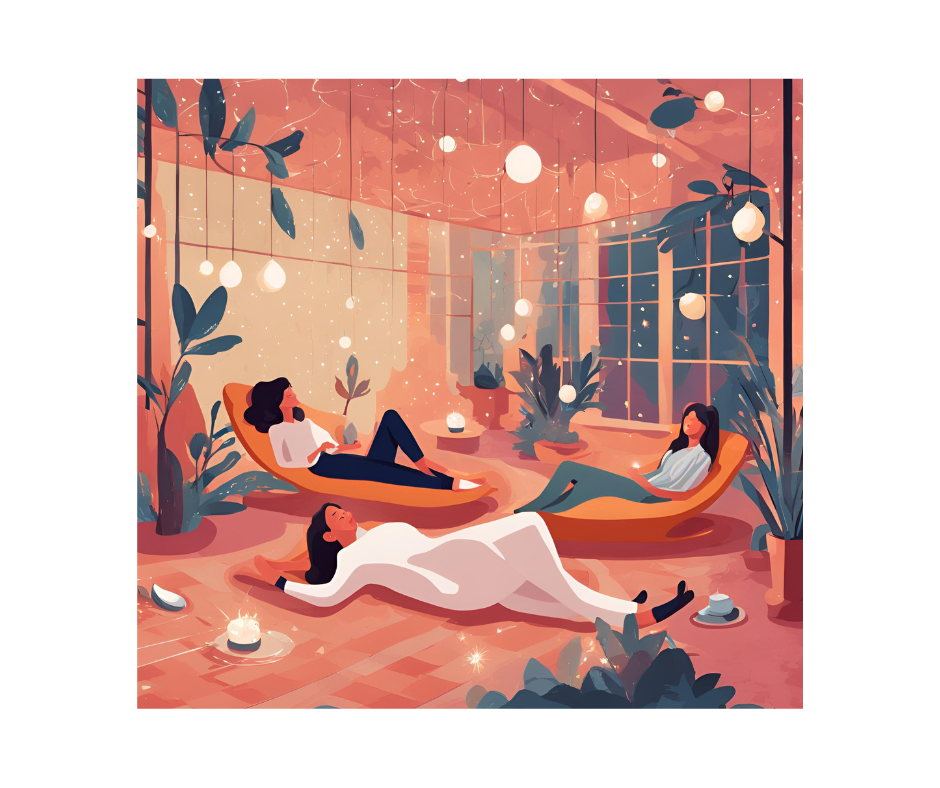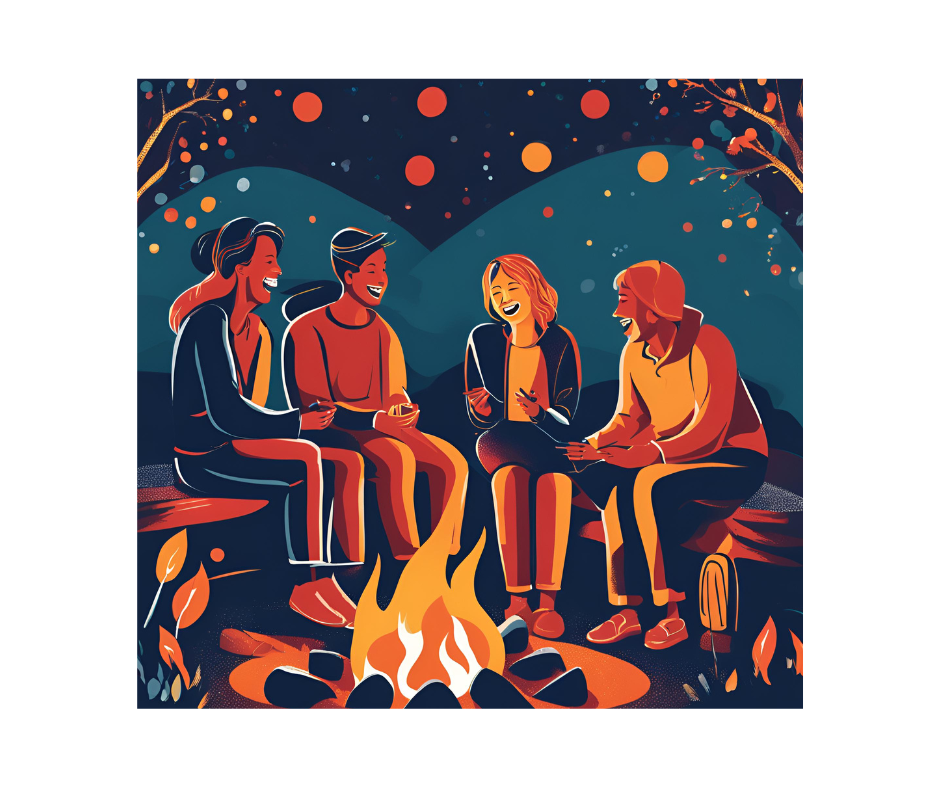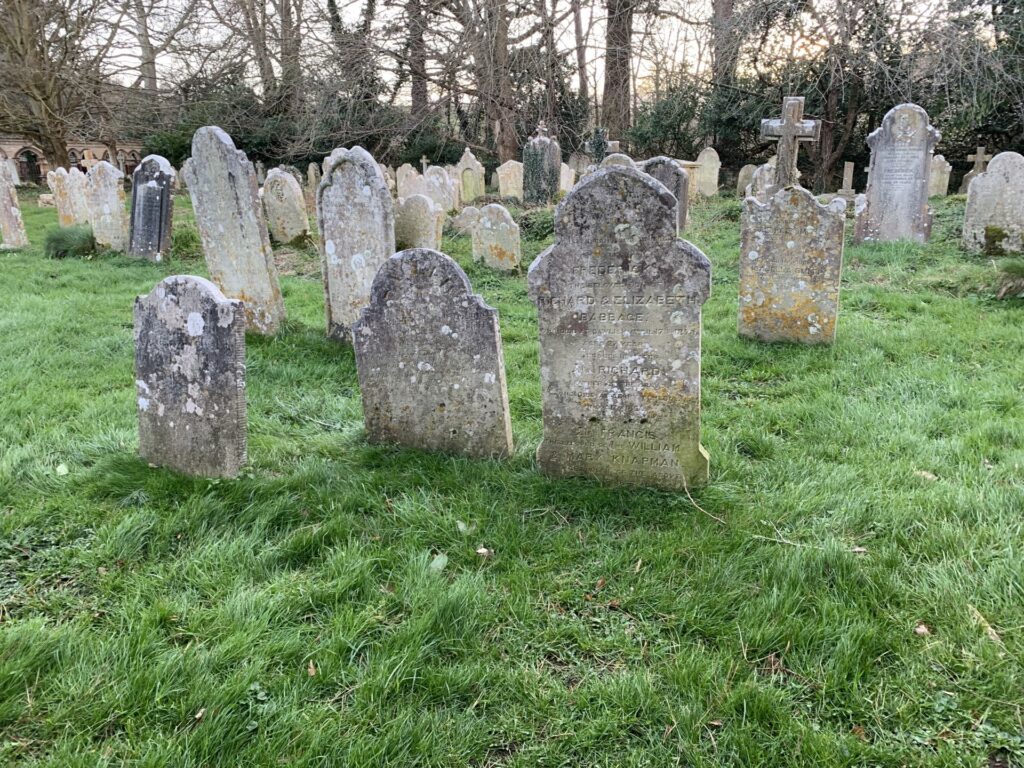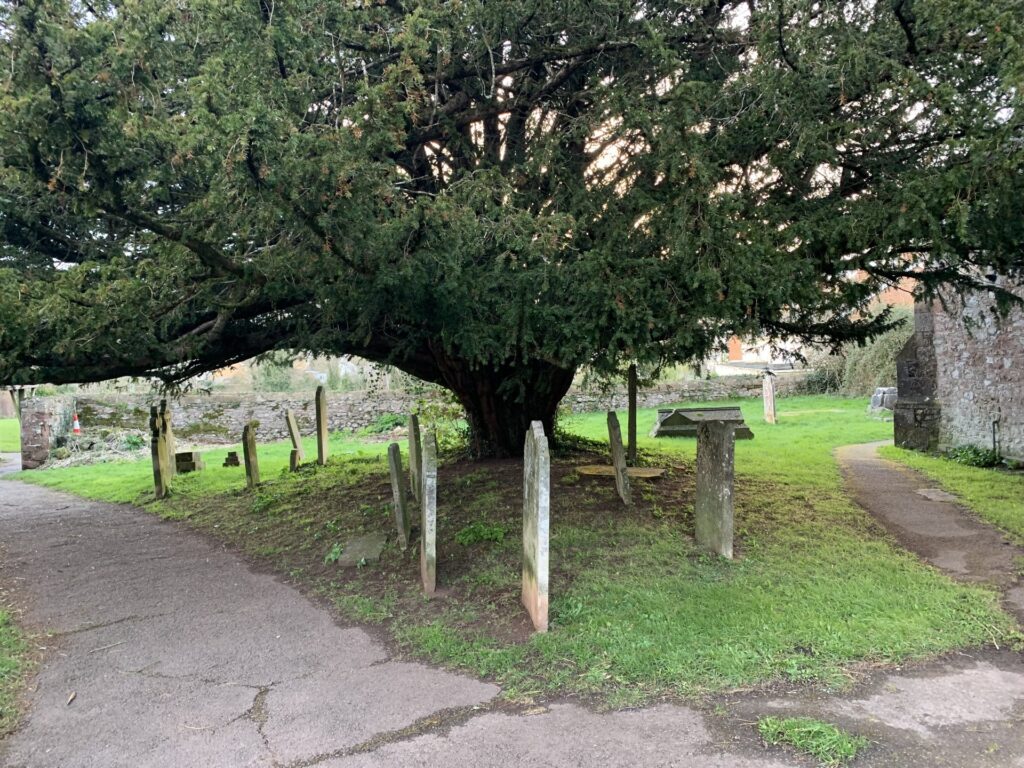A wet walk in the woods banishes the January blues and gets creative sparks flying…
It’s 09:49 and the sky’s blanketed in grey. The 40ft conifer that half-blocks my view of the moor is lifting and swaying. One solitary sparrow braves the day.
I’m sat pyjama’d, looking between my list and the mizzle, feeling too weary to do much of anything. I slept well enough, woke early, busy-brained but lacklustre. There is much to be done and I really can’t be bothered.
Something’s got to shift, and I’m the only one here to do it.
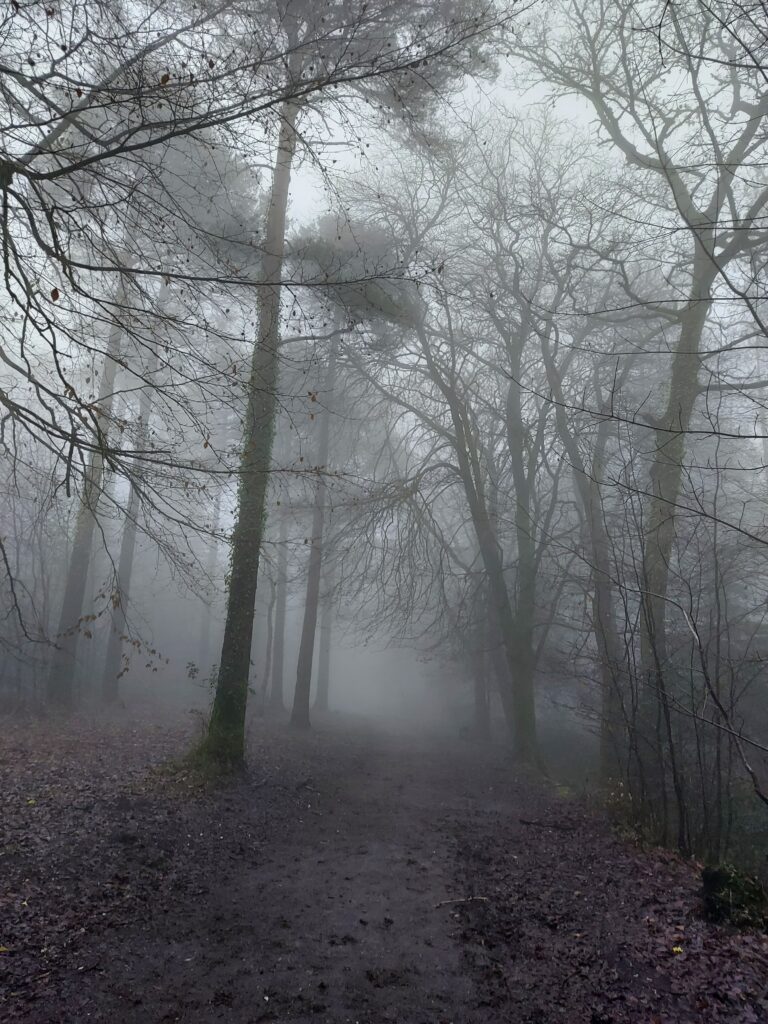
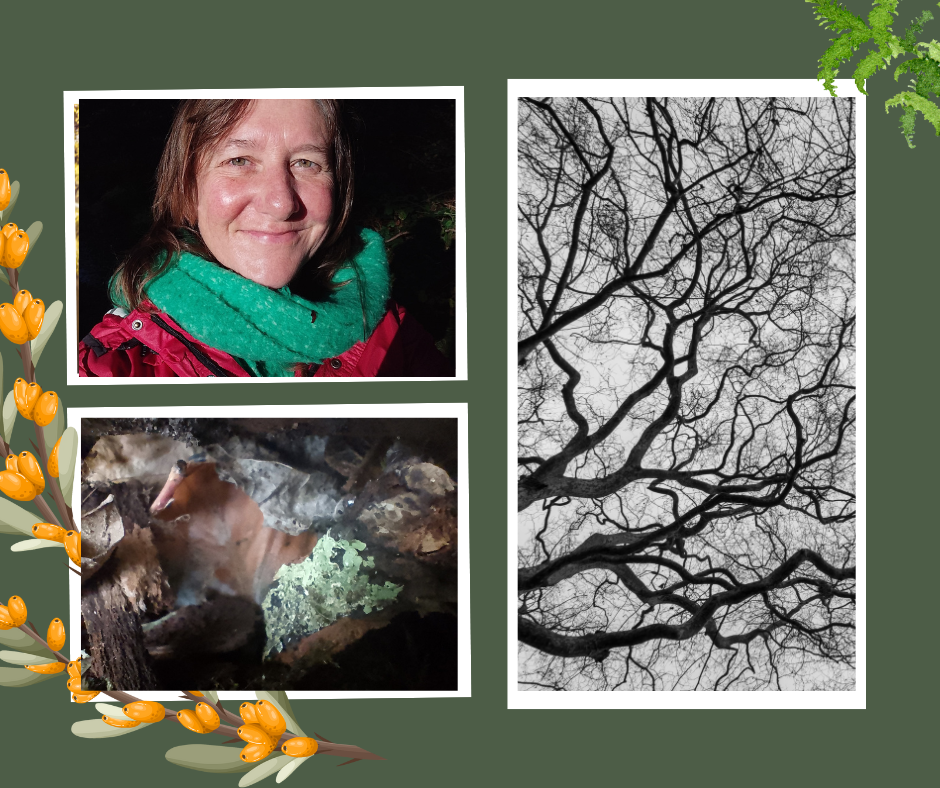
There’s nothing else for it. I decide to get my waterproofs on and head for the woods (yes, over my pyjamas – really, it’s fine, no-one has ever caught me out and I’m sure they wouldn’t care if they did).
Two minutes out the door and I realise it’s been two days since I last left the house. I leave my hood down. Cold rain lands hard and fast; my face starts to tingle. I feel myself stand up taller and my stride lengthens. Dog walkers, caps down, offer me a sideways hello, looking at my lead-less hand as though to say ‘you sure you haven’t forgotten something’.
Five minutes on, something starts to shift. The entrance to the woods is a mud-bath. I slip through. This land is still not familiar to me and I head down a couple of dead-end alleys before finding a usable lesser-worn path. One of the brilliant things about this time of year is how much more spacious the woodland feels. Brambles and nettles have not yet got their teeth into the place. And the leafless trees make it easy to keep an eye on the shifting sky – shapes between branches offering a latticed look at the now-parting clouds.
Rain slows. Branches wear drops like Christmas baubles. The birds come back out to sing. I’m sat, reindeer moss cushioned on a fallen tree. The first of the season’s ferns shine clean green, leaves upturned so their burnt-orange spores are more easily caught by the wind.
With a casual glance, the woodland floor seems nowt but mud and mulch, but on closer inspection, tiny green clover-shaped leaves are beginning to carpet the space. Once I notice them, I see they’re coming through everywhere, and I marvel at how easy it is not to see – and how great it feels when we actually give ourselves the time to tune in.
Through the tangle of deadwood, I spy a thicket of yellow-flowered gorse and feel how it must have felt to have been walking these paths with hungry belly – the jolt of joy that would have come in anticipating such a bountiful pea-sweet harvest.
Whatever was out of place with me has gone. I feel energised; settled; connected. Ready to do some work. And thinking, “that’s one thing off the list”, because this blog pretty much wrote itself along the way. I head for home. Just as I’m turning into my road, thunder breaks overhead. The rumble echoes on and on. I turn my face up and drink it all in. There’s only so wet you can get. And then it’s time for tea.
Do you need a good reason to get out of the house in February? Something to lift the spirits and help put a spring in your step?
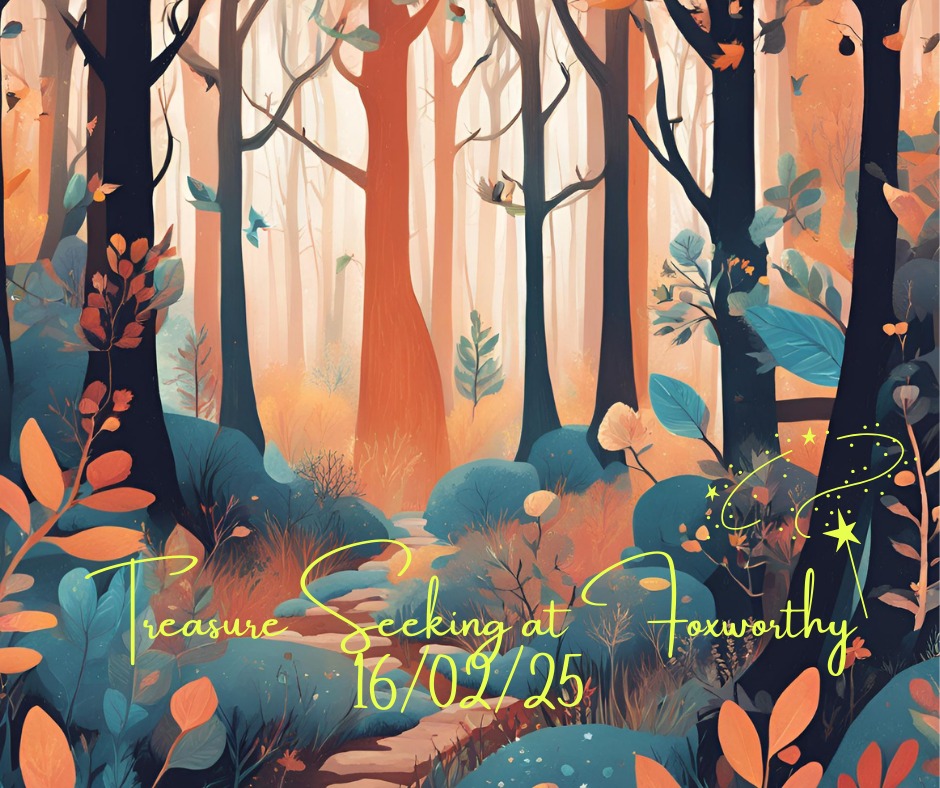
Come join me for a brilliant morning of fire, nature-connection, mindfulness and creativity. We’ll do a series of activities to help you get tuned into the magic all around. There will be no pressure, no putting-on-spot – just easy ways to help you connect with your natural creativity and get playful using nature’s inspiration. You’ll leave feeling uplifted and energised, ready to look at yourself and the world around with fresh eyes.
Contact me, Melissa Noble, from The Academy of Wide-Hearted Living for more details: [email protected]
Or you can book direct via Eventbrite: https://tinyurl.com/4v9359mb
